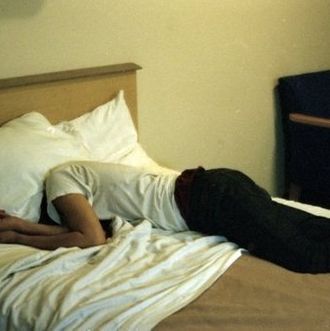
What’s a sure way to generate page views on the Internet? Well, if you’re Fishbowl’s Betsy Rothstein, one way is to write a post about young women reporters’ self-presentation in the Internet age, and title it something like “Females on Campaign Trail Go For Sexpot Look.” In that post, call out other women for using “provocative, sometimes sexy photographs of themselves for their Twitter accounts.” (For those of you enrolled in Advanced Trolling, direct your attention to the use of the word sometimes in that sentence.) If you really want to gin up outrage, make sure the three reporters’ pictures that you link to are extremely unprovocative by the standards employed by non-Hasidic or Amish Members of American society, circa 2012. Pretend you live on a planet where soft lighting = an outtake from a Penthouse shoot.
Also, consult media experts who say stuff like, “I think it’s unfair that women are judged on this,” which will then allow you to protest that you weren’t attacking other women by doing this, you were just reporting on they way they might be perceived for daring to represent themselves in public with actual, accurate images of what they look like. It’s more controversy-generating, too, if you also happen to have a Twitter avatar that by your own standards might be considered “provocative.” That way, when other women on Twitter point that out, you can go ahead and call them skanks. It’s provocative.





























